What happens when you donate your brain to science?
Published in News & Features
On a cutting surface inside a Scaife Hall laboratory at the University of Pittsburgh, Julia Kofler examines a brain, pointing out its weight, tiny specks of fatty plaque and other features visible even to the naked eye that provide clues to diseases. It is one of about 2,000 human brains to be processed into Pitt's Neurodegenerative Brain Bank, one of the oldest and most established in the country.
"We have pretty much every diagnosis that you can think of under the realm of neurodegenerative diseases," said Kofler, director of the division of neuropathology at Pitt. "We have brains from 1-year-olds to 105-year-olds."
When Pitt's brain bank was founded in 1985, criteria for diagnosing Alzheimer's disease had only been established the year before. In the 1960s and '70s, there was debate over even studying degenerative brain diseases, then referred to as "senile dementia," under the reasoning that they were an inevitable part of aging and research money would be better used elsewhere.
In recent years, the bank has drawn attention for its expansion into the National Sports Brain Bank, studying chronic traumatic encephalopathy (CTE) caused by repeated head trauma, which is often diagnosed in former professional athletes.
It's opened the conversation into brain donation for younger, healthier people.
Who can donate their brain to science?
To start, not everyone is eligible for brain donation at Pitt. Processing a brain for donation takes money, including staffing a team that is on call 24/7 if a brain becomes available.
"I hate turning anyone away, but we need to prioritize cases that have the highest research priority for the use of our funds," said Kofler. "That money needs to come from somewhere, so that's the biggest limitation."
The Pitt brain bank will accept brains from people who are UPMC neurology patients or enrolled in a clinical trial through the university. The team is also interested in some specific people who have received more recent treatments for Alzheimer's disease, have particular genetic variants or are from racial minorities currently underrepresented in the bank. And, through the brain bank, Pitt will accept anyone with a history of playing contact sports, preferably if they have registered ahead of time and provided data while still alive.
Pitt processes nearly 100 brains per year, about half of which follow the full protocol to be processed into the Pitt brain bank. The rest are used for more limited research purposes or are processed for outside research organizations.
"People keep asking, why do you need more brains? Don't you have enough," said Kofler. "And yes, we still need new brains all the time, for two reasons. One is that they're using the old tissue and we need to replenish it, and the other is that we have new tools, new techniques that you can't apply to cases from 20 years ago."
What happens to the brains?
The brain bank team is on call around the clock to start processing a brain once a patient dies, and the family is contacted first, to provide consent after death, even if the donor has already done so in advance.
The team carefully removes the brain, making it possible for brain donors to still have an open casket funeral if the family chooses.
The organ is then separated into two hemispheres, with one kept fresh and the other placed in a fixative solution that makes it easier to eventually process into slides. The fresh half of the brain may be sliced into cross sections and flash frozen for long-term storage, kept in freezers set to negative 110 degrees.
The part of the brain kept in fixative is first examined for abnormalities visible to the naked eye. A brain afflicted with dementia literally shrinks, and may weigh less than or appear smaller than a healthy brain. There may be visible lesions indicating a stroke, or signs of yellowish fat or cholesterol, which can limit the blood flow to make a part of the brain function optimally.
There are also distinctive signs in the brain that point to certain diseases. Kofler motions toward a small, dark-colored band in the brain called the substantia nigra. In patients with Parkinson's disease, she said, the black color begins to fade as the dark-colored neurons die in that brain region.
After the physical examination, Kofler begins to slice the brain into horizontal cross sections, spreading them out across the cutting surface. That allows her to take at least two dozen rectangular samples from different regions, such as the hippocampus or the basal ganglia. Those samples are placed in special cassettes and put into a machine, to be dehydrated and encased in paraffin wax. The wax blocks are then sliced extremely thin — six microns high, or six millionths of a meter — and placed onto slides.
Depending on their use, the slides are then dyed different colors, to be easier to analyze. It is through the analysis of the slides that Kofler and other pathologists can see the patterns in tau proteins that allow them to diagnose whether a person had Alzheimer's disease, CTE or just normal aging.
Finally, hundreds of slides from each brain are placed into a binder for Kofler to review. She often gets the binders on Friday and takes them home to review over the weekend, using her microscope at home. "There are only so many hours in the day," she said.
What can families learn?
Families who choose to donate their loved one's brains to the brain bank get a report with their diagnoses, as well as the stages of the diseases. Many families don't realize that an elderly person often has multiple brain disorders at death, said Dr. Kofler. A recent autopsy for KDKA weatherman Jon Burnett, for example, found that he had Alzheimer's disease, amyotrophic lateral sclerosis (ALS) and CTE, among other diseases.
The frequency with which patients have multiple diagnoses can help explain why treatments for some brain diseases are sometimes ineffective. "If you give someone an Alzheimer's disease drug, but this person has five other diagnoses in her brain, you're not going necessarily at all these other pathologies," she said. "I think eventually we'll have to find therapies that are not disease specific, but just help the brain deal with these things."
Treatment is also complicated by the fact that many of these diseases, such as CTE, are only definitively diagnosed postmortem. Many researchers, including those at Pitt, are looking into using biomarkers to look for signs of the diseases while a patient is alive.
The Neurodegenerative Brain Bank also shares its slides and images of brains with qualified research organizations around the world.
Individuals interested in donating their brains to the NSBB can contact the Brain Donation Program at Pitt or call 412-692-2700. Those who have played contact sports can find information about the National Sports Brain Bank. And others interested can also sign up through a national registry, the Brain Donation Project, that pairs donors with brain banks.
_____
© 2025 the Pittsburgh Post-Gazette. Visit www.post-gazette.com. Distributed by Tribune Content Agency, LLC.
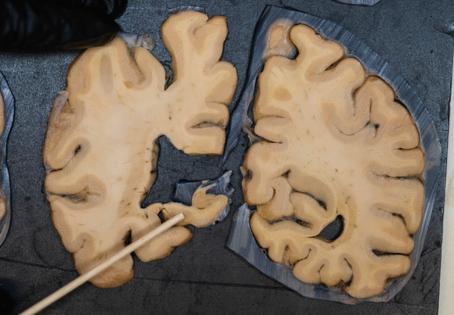
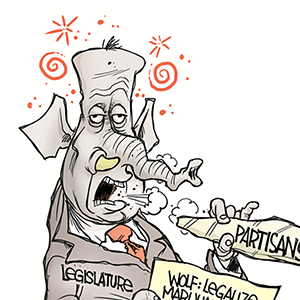

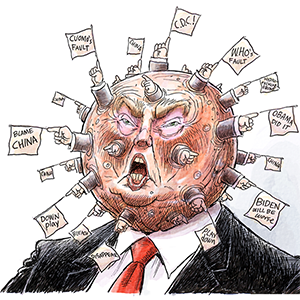

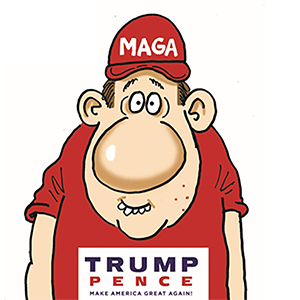
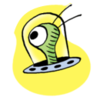
Comments